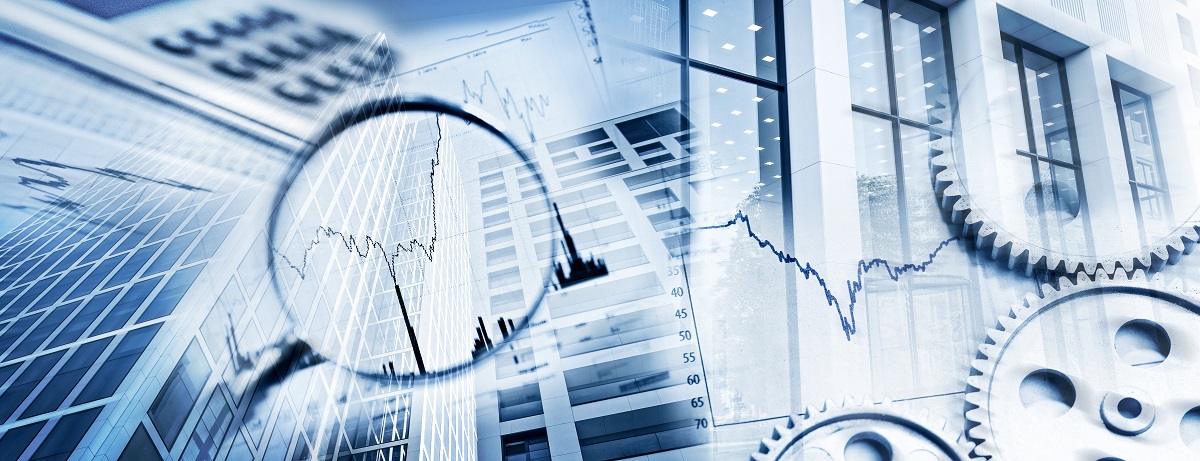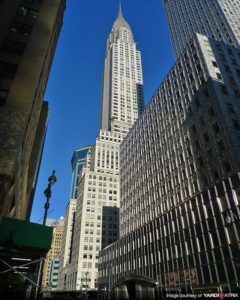Many buyers, and sometimes also beginner real estate agents, make the mistake of believing there’s a direct correlation between market value and assessed value in commercial real estate. In fact, there’s a big difference between the two. Read on to understand market value, assessed value, what each is used for, and a handy example for each.
Why The Two Values Are Completely Different (Usually)
Commercial real estate prices can often seem like a moving target. No sooner is the marketing material finalized for an office building listing than an announcement of a sales transaction hits the streets, requiring brand new comparables. That’s an example of commercial real estate market values in action.
Assessed values in commercial real estate are almost always lower than market values because they’re used by municipalities for very specific purposes that have little to do with the real world of real estate. Although assessed values do change over time they’re much less dynamic than market values, which can rapidly change.
How Market Value Is Determined
Also known as fair market value, market value in commercial real estate is what a ready and able buyer is willing to pay for a specific property at a specific point in time. There are six main factors that influence how market value is determined:
- External characteristics such as the architectural style of the building, the amount of green space, and the availability of onsite parking.
- Internal characteristics such a modern multi-story lobby, the mixture of traditional office space vs. coworking office space, and whether the interior space is Class A or Class B.
- Comparables for similar property sales are based on sales price per square foot and capitalization rates.
- Supply and demand also influence the market value of commercial real estate. Office buildings in submarkets, such as the Manhattan’s Chelsea office submarket, where vacancies are low and absorption rates are strong have higher market values than property in markets where there’s a lot of space on the market for lease.
- Location includes factors such as the number of services in the commercial district and the access to mass transit.
- Intangible factors can also increase the market value of commercial real estate. Buildings such as Rockefeller Center in NY, the Sears Tower in Chicago, or the Transamerica Pyramid in San Francisco have higher market values than other comparable properties partly because they’re iconic, landmark office buildings.
It’s worth noting that price doesn’t always mean the same thing as value. Buyer brokers know that because no two buyers are the same, each will have a different idea of how valuable a property is to their client’s specific use.
What Is Assessed Value Used For?
If your first guess was that assessed value is used for determining property taxes, you’re absolutely right. One way to think about assessed value is that it’s a measuring tape used by municipalities to collect taxes.
Government tax assessors determine the value of a property in order to levy taxes, not to figure out what a buyer is willing to pay. The assessed values of real estate are then multiplied by a certain percentage set by each taxing jurisdiction such as schools, water and utilities, and special-uses such as stadium districts or entertainment districts.
These smaller jurisdiction amounts are then combined into one single property tax number. The total property taxes collected by the municipality then go toward funding city, county, and state budgets each year.
Some States Cap Assessed Value Increases
Some states limit the percentage amount that assessed values can increase each year. This creates a further disconnect between market values that buyers are willing to pay and assessed values that are used for property tax purposes.
In California, Proposition 13 caps the increase of assessed property value at a maximum of 2% per year. If a property changes ownership, of if there’s significant new construction, then the assessed property value can be reset.
Market Value vs. Assessed Value – the Chrysler Building Sale Listing
The recent sale listing of the Chrysler Building in the Turtle Bay office submarket of Midtown Manhattan provides an excellent recent example of how commercial real estate market values can be tremendously different from the assessed value used for property tax use.
In a recent feature, we noted that about 10 years ago the Abu Dhabi Investment Council paid $800 million for a 90% share of the Chrysler Building. That purchase would value the entire property at just under $900 million.
A few weeks ago, the iconic Art Deco Chrysler Building was listed for sale. Although the asking price hasn’t been disclosed, recent comparables for large office buildings nearby come in at $1,000 to $1,500 per square foot. With nearly 1.3 million square feet of space, comparable valuation suggests the Chrysler Building has a market value of between $1.3 billion and $1.95 billion.
Meanwhile, the assessed value used for property tax purposes is just under $212,323,000 – about 13% of the estimated market value.










